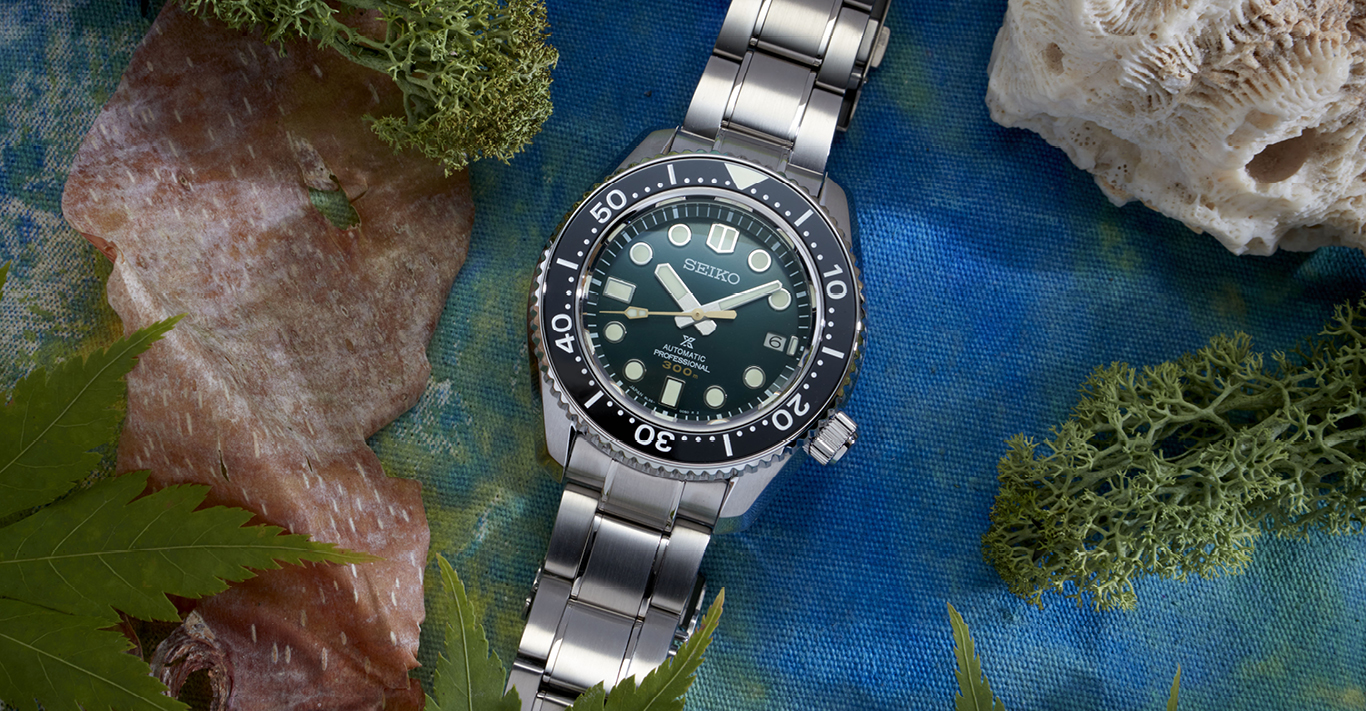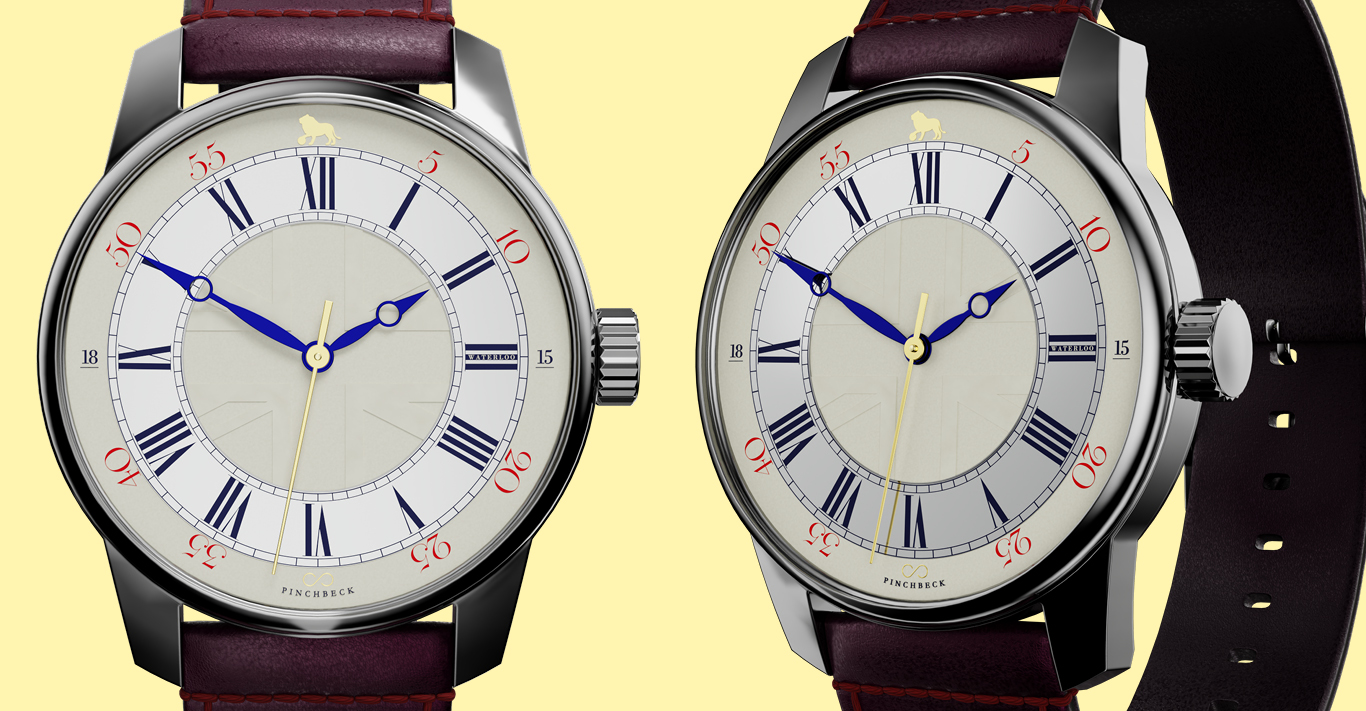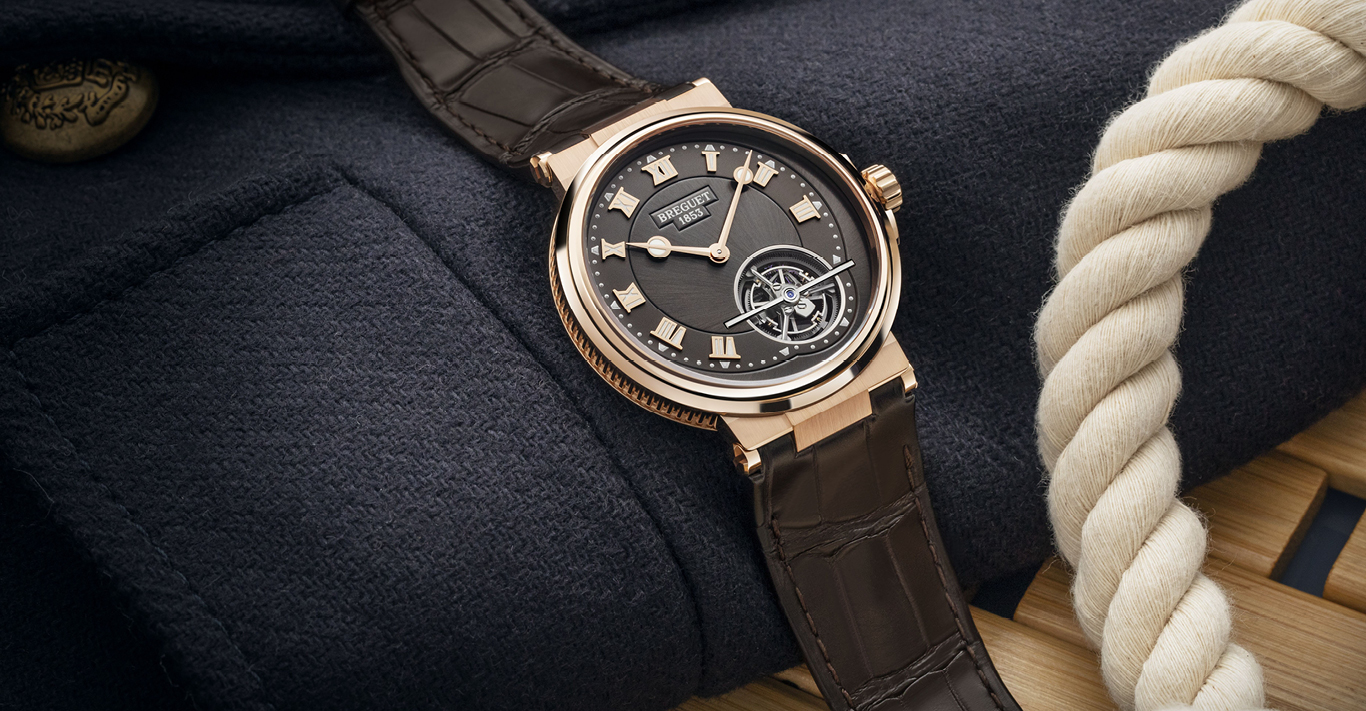WORDS
Eleanor Pryor
Fine watchmaking and ‘Switzerland’ have become almost synonymous in many people’s minds. However, it would be a great disservice to disregard not only the incredible modern-day timekeeping, but the horological heritage, of other countries around the world. Japan is one such destination that for centuries has been leading the way in both technical, mechanical timepieces and technological innovations, spearheaded by one particularly pioneering brand: Seiko.
The company can trace its origins back to its entrepreneurial founder Kintaro Hattori who, as a 21 year old, opened up a shop selling and repairing watches and clocks in central Tokyo in 1881. Eleven years later he would found his own factory, Seikosha (‘seiko’ in Japanese meaning ‘exquisite’, ‘minute’ or ‘success’, and ‘sha’ meaning ‘house’).
Hattori’s motto was ‘one step ahead of the rest’, a saying that still guides Seiko’s creations to this day. In 1913 he debuted the first wristwatch made in Japan, a handsome, clean design called the Laurel. In the decades that followed the company quickly picked up a reputation for precise and reliable timekeeping, bolstered by several important inventions along the way. In 1958 it introduced the Diashock, an ingenious shock-resistant device to protect the watch if dropped. A year later it revealed its proprietary ‘Magic Lever’, designed to improve the efficiency of the movement’s winding system, an innovation still used in Seiko’s self-winding watches.
While Seiko’s timepieces grew in popularity and complexity, true to its guiding principle it sought to push the boundaries further. Harnessing the skills of its most experienced watchmakers, they were tasked with creating a watch that was both incredibly reliable and durable, with a refined aesthetic. With this the first Grand Seiko was born, accurate to within +12 to -3 seconds a day and offering a power reserve of 45 hours. Crucially, it was the first watch in Japan to be compliant with the standard required by the Bureaux Officiels de Contrôle de la Marche des Montres, a forerunner of COSC, indicating that its timekeeping was on a par with some of its finest Swiss counterparts.
Some of the watchmaker’s most finely crafted pieces continued to fall under the Grand Seiko name, united by their pursuit of precision. In 1990 it submitted its movements to COSC, and while its production movements passed the institute’s rigorous tests, it soon put in place its own criteria that went above and beyond, the GS Standard, a benchmark that the timepieces are held to today. Favoured by collectors for its craftsmanship and in-house watchmaking, Grand Seiko would become an independent company in 2017, reinforcing its unique identity.
For Seiko, the latter half of the 20th century saw a long line of ‘firsts’ for the brand. In 1964, the first Japanese wristwatch equipped with a stopwatch was made, coinciding with the year of the Tokyo Olympic Games at which the watchmaker served as the Official Timer. A year later, the first Japanese diving watch. Then, in 1969, something that would cause a seismic shift in the watchmaking industry: the first quartz watch. Not only was the Seiko Quartz Astron 100 times more accurate than any other watch on the market, it was capable of running for a year, far surpassing that of its mechanical predecessors.
It kick-started Seiko’s forays into ever-more advanced electronics. The 1980s saw the first TV watch, along with the introduction of the first watch with computer functions that could store data. It would harness the power of solar energy to run its timepieces. And all the while paying just as much attention to traditional watchmaking, with debuts such as its Spring Drive in 1999, offering the accuracy of quartz in a mechanical watch.
As Seiko reaches its 140th year, it’s celebrating with some limited-edition additions to its collections that span this diverse range of expertise. Among the first to be unveiled is a trio of Prospex watches with alluring green dials that draw inspiration from the island of Iriomote, a hotspot for Japan’s divers. With a dressier edge is a new Presage Sharp Edged Series automatic watch, featuring a gold-hued face that evokes the sparkle of a Tokyo sunrise. Meanwhile it once again looks to Japanese nature for an ephemeral take on the Astron, with a dial capturing the unique pink shade of yozakura, cherry blossoms illuminated at night. A testament to Seiko’s ongoing commitment to innovation, it comes powered by the GPS Solar Dual-Time Caliber 5X53, which adjusts to the time anywhere in the world. While Hattori may have aspired to ‘one step’ beyond the rest, Seiko continues on a mission to be light-years ahead.




